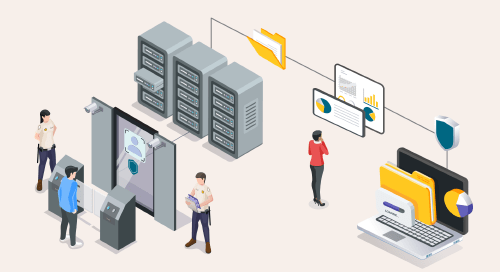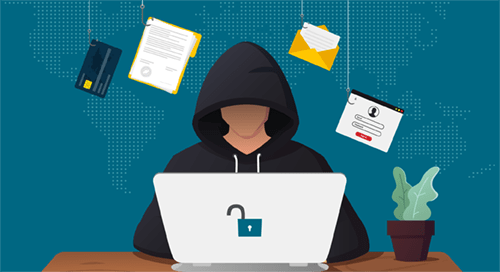The Zero Trust model continuously validates every user and device that accesses your network at every checkpoint, assuming they are potentially compromised until proven otherwise.
No single solution can ensure Zero Trust security. But answering these five questions will help you build your Zero Trust model.
01 Who gets access, and is it least privilege access only?
Continuous identity verification is your primary defense mechanism. Implement role-based access that grants users only those permissions that they need to complete their tasks.
To not impede usability, the access control strategy should anticipate business needs while maintaining security boundaries that protect without constraining innovation.
02 Which devices get access, and do you verify them at every checkpoint?
Device verification should be regular and thorough. Authenticate every device that gets access to your network. Every endpoint should transform into a security checkpoint.
Properly implemented verification enhances security without disrupting user productivity or creating authentication bottlenecks.
03 Where in the network is the connection happening?
Assume that a breach can happen anytime. Secure your system by continuous intelligent traffic monitoring. Establish a normal behavior pattern and enable seamless access for legitimate activities while triggering additional verification requests for unusual connection patterns.
04 What is being accessed?
Different digital assets require different levels of permissions. Think APIs, apps, or files. Deploy dynamic policies that automatically apply when users access public information or confidential financial systems.
05 Why is access needed?
Your data security approach should render unauthorized access useless, even if your systems are compromised.
Secure your data through encryption to protect confidentiality, tokenization to replace valuable information with safe equivalents, and role-based access control that determines who can interact with specific data elements.
Watch our webinar on "Building the Unbreachable" for more actionable recommendations for systems security.













